Hundreds of fishing boats safely shelter from the storm
On September 14, Giao thong Newspaper reporters were present at Ngoc Hai fishing port in Hai Son ward, Do Son district. After the storm, fishing and seafood purchasing activities at wharfs No. 1 and No. 2 have returned to normal.

Ships and boats at Ngoc Hai fishing port, Do Son district, safely took shelter from the storm, with no loss of life or property.
According to information from the People's Committee of Hai Son Ward, when storm No. 3 made landfall, there were 226 boats taking shelter at Ngoc Hai 1 and Ngoc Hai 2 fishing ports. Of these, more than 100 boats belonged to fishermen in Do Son District. Because the boats were securely tied, there were no casualties or damage to boats due to the storm.
For the above reason, right after the storm passed, the sea ban was lifted, and vessels went out to sea to fish, returning to the normal rhythm of work and production from September 11.
According to the reporter, fishermen with boats anchored in Do Son district, Hai Phong city have gone offshore to fish, but are currently only exploiting in offshore and coastal areas.
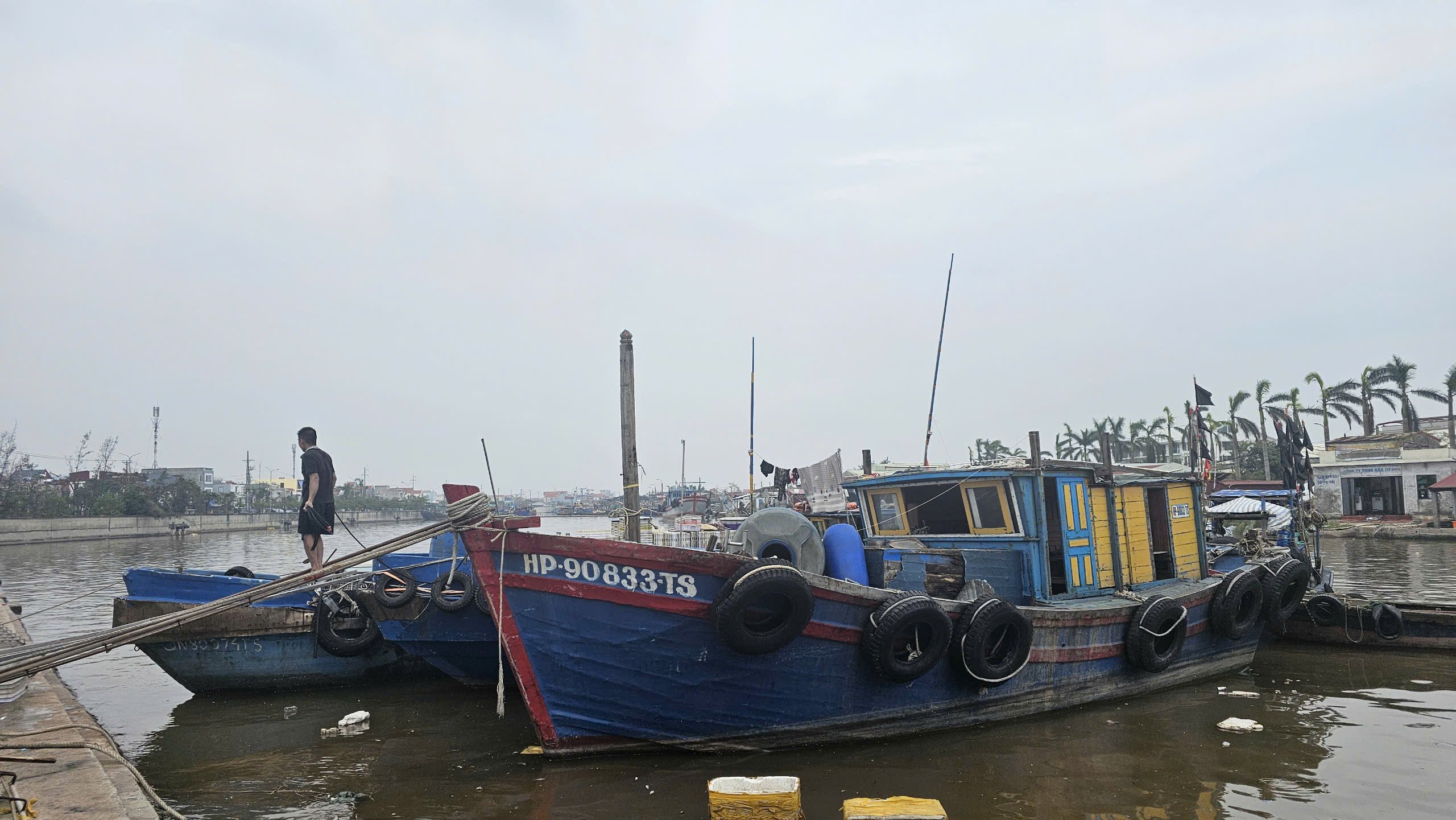
Coastal fishing boats have resumed operations but catch output is not high.
Coastal fishing vessels usually only travel about 1-2 nautical miles and return within a day, while larger vessels operating in the open sea take about 3 days to return to port. As of September 13, a total of 7 offshore fishing vessels have returned to Ngoc Hai fishing port.
Low production, fresh sea fish price doubled
According to the leader of Ngoc Hai Fishing Port Management Board, by September 13, about 50% of the vehicles anchored at the fishing port had set sail, mainly small boats, exploiting coastal areas.
After the storm, the average output was only half of what it was before, goods were scarce, demand was high, so traders bought at prices twice as high as before the storm.
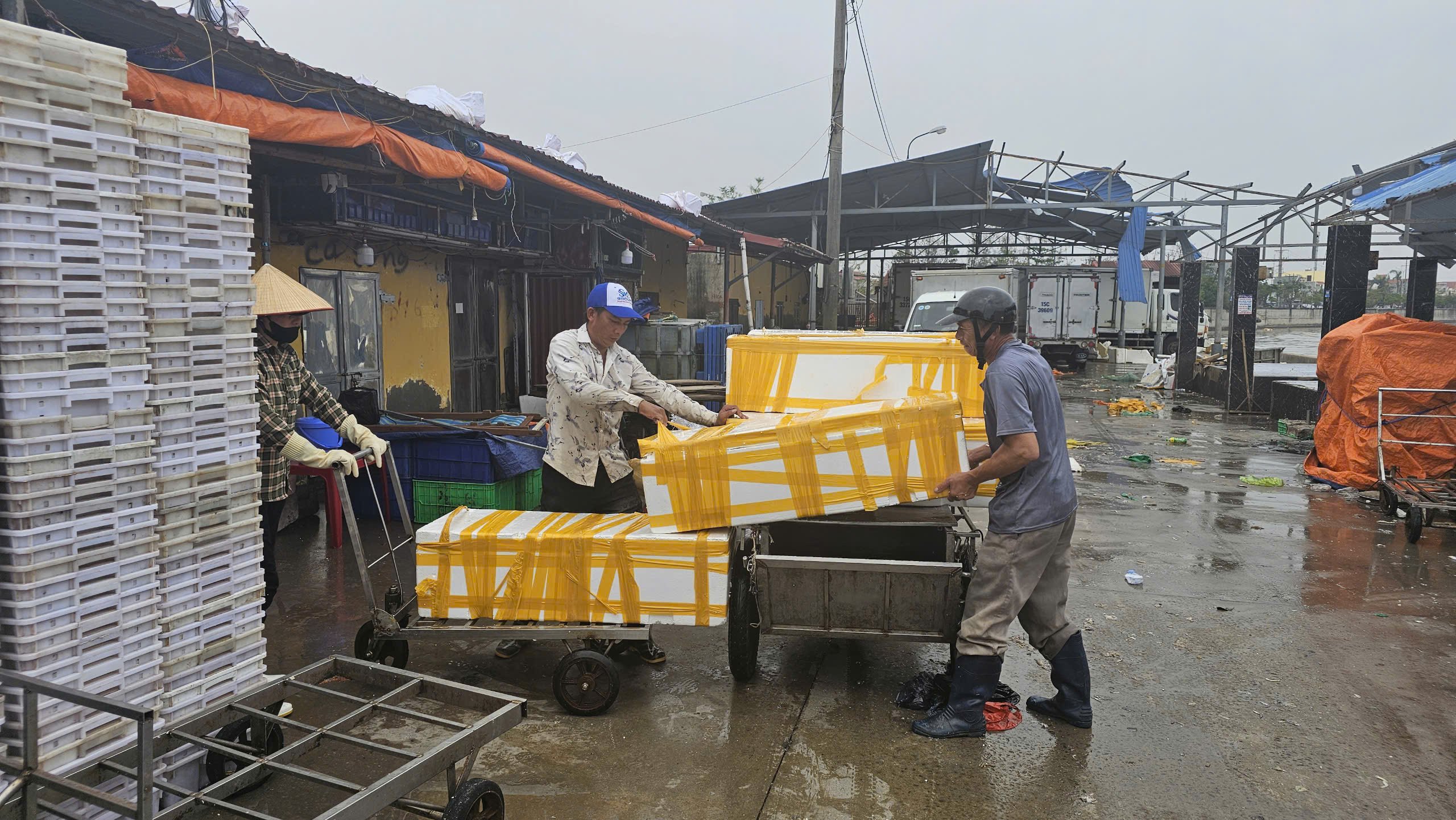
Traders at Ngoc Hai 1 fishing port are packing and transporting seafood for consumption.
According to the reporter's investigation, the prices of many types of live seafood sold near Ngoc Hai fishing port are currently quite high. Of which, mantis shrimp is 600-700 thousand VND/kg, crab is 500-600 thousand VND/kg, twice as high as before the storm. The prices of some types of seafood such as mackerel, mullet, anchovy, red snapper, squid... have increased by 1.5-2 times.
According to fishermen, the price of agricultural products also increased after the storm, and the daily fish output was scarce, so fishermen were forced to increase prices to compensate for fishing costs.
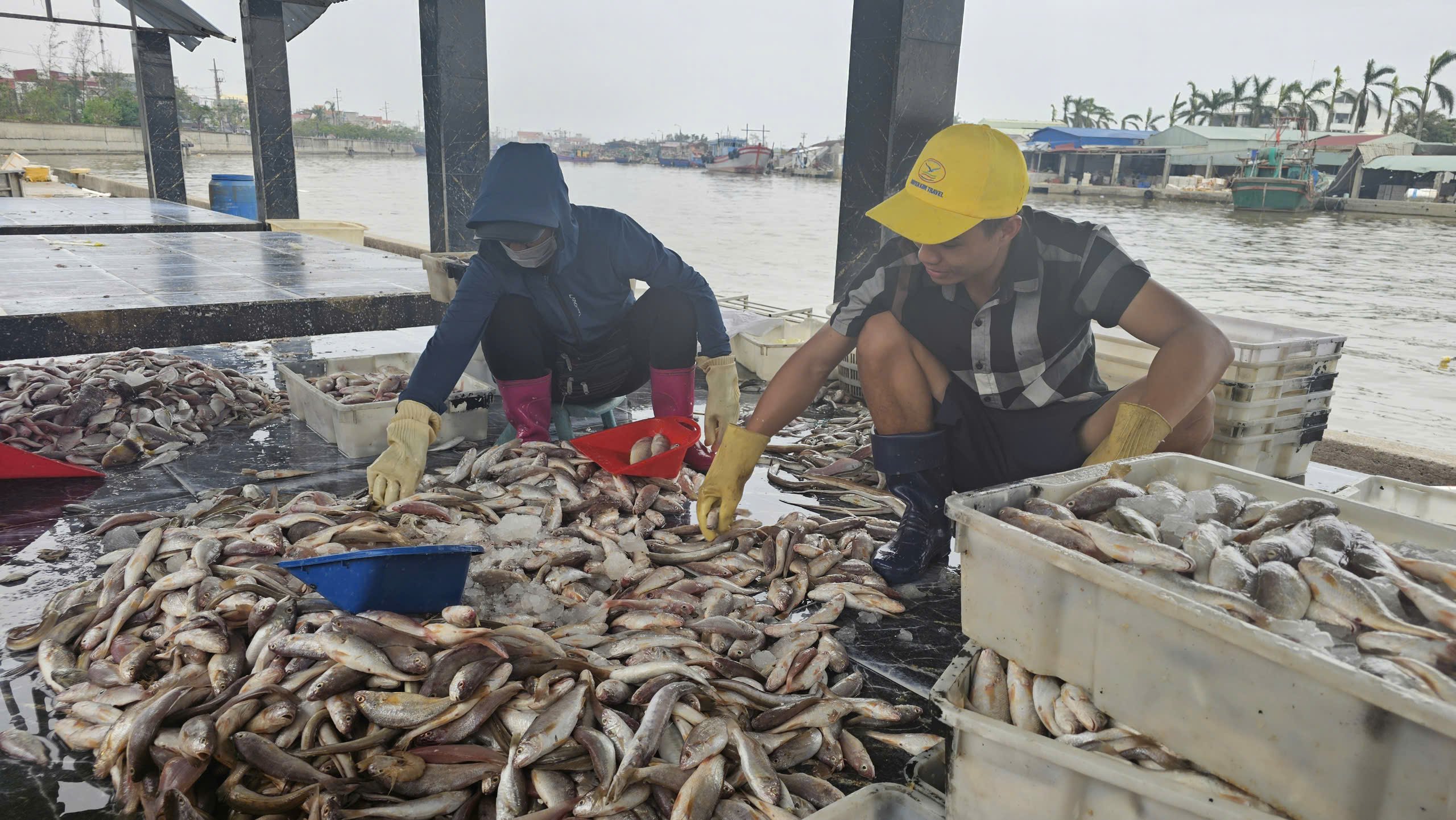
Fishermen sort fish at the wharf to sell to traders.
At the wharf of Ngoc Hai 1 fishing port, some traders said that they buy fresh fish from ships and boats and then transport them for consumption. Currently, there are two types of seafood products being purchased at the port, including fresh fish caught by fishermen near the shore during the day and products caught before the storm but not yet consumed.
Unsold seafood before the storm is often stored in cold storage or in the hold of ships and boats, and these items are sold at prices that may be lower than usual. Many types of fish are sold at prices ranging from 25,000 to 30,000 VND/kg.
Leaders of Do Son District, Hai Phong City, said that currently, offshore fishing vessels cannot go out to sea because they still depend on the tide. It is expected that by September 20 (September 18 of the lunar calendar), local offshore fishing vessels will begin their first sea voyage after the storm. The time for the offshore fishing vessels to return to port depends on the amount of catch at sea.
In addition, offshore fishing vessels often have to spend time preparing fresh water, food, fuel, and ice for storage. If they encounter a fishing ground with a lot of fish, they will return to port after just over a week. They will fish until their food and fresh water reserves are almost gone before returning to shore. This time can last for a month.
Source: https://www.baogiaothong.vn/tau-ca-hai-phong-vuon-khoi-tro-lai-gia-hai-san-tuoi-song-tang-gap-doi-192240913174015543.htm


![[Photo] Prime Minister Pham Minh Chinh chairs conference on anti-smuggling, trade fraud, and counterfeit goods](https://vphoto.vietnam.vn/thumb/1200x675/vietnam/resource/IMAGE/2025/5/14/6cd67667e99e4248b7d4f587fd21e37c)









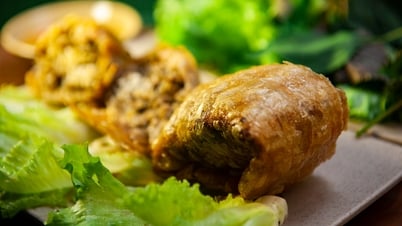
































































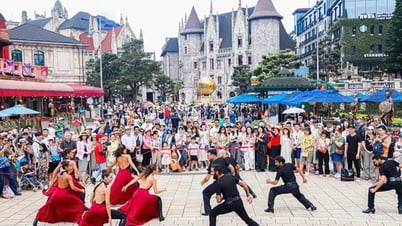














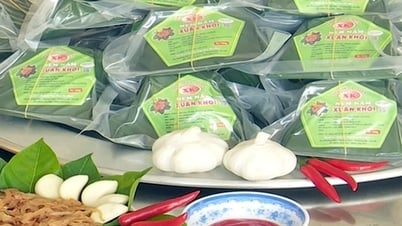






Comment (0)